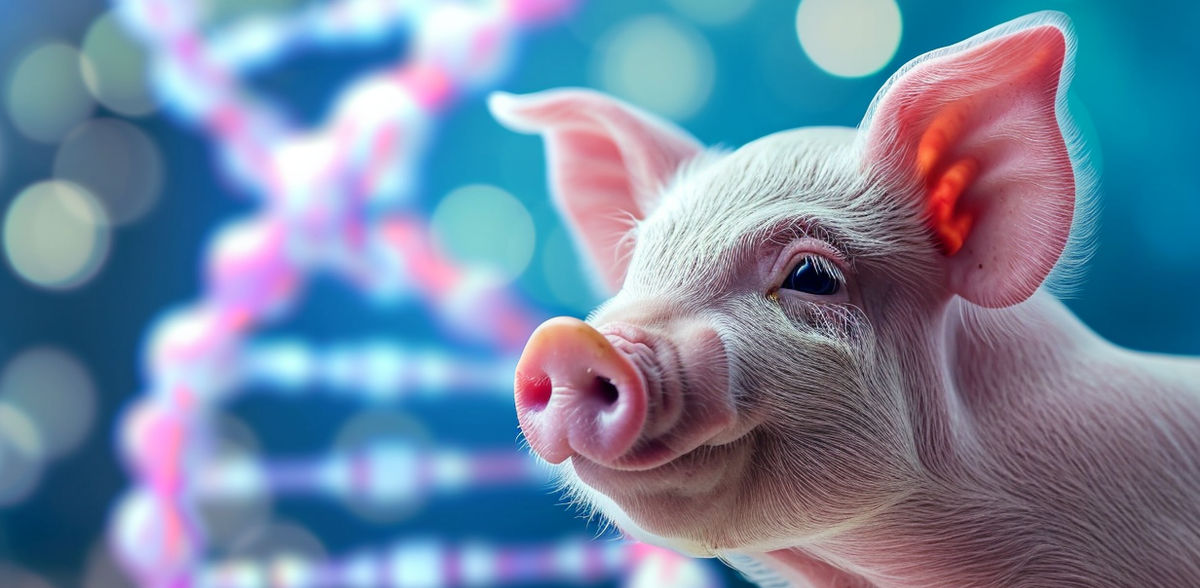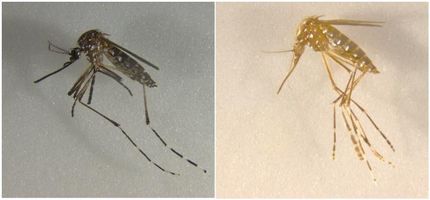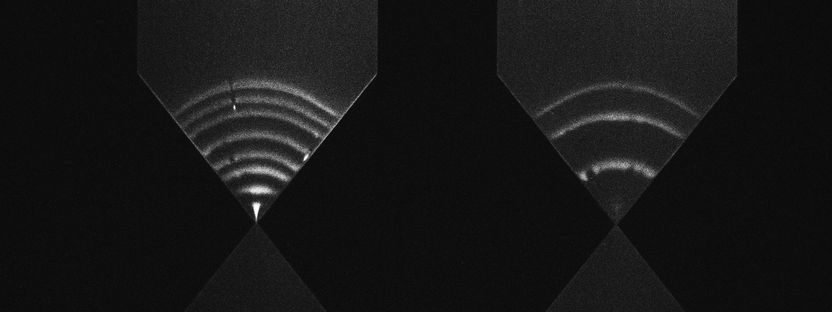Large-scale mapping of pig genes could pave the way for new human medicines
Researchers have carried out complex genetic analyses of hundreds of pigs and humans to identify differences and similarities
It may sound strange, but we can actually learn more about ourselves by studying pigs. Pigs and humans are pretty similar. Our organs, our skin and the way many diseases develop are largely the same. Pigs have therefore long been used to develop and test new medicines, even though pigs are larger, more expensive and more difficult to use in experiments than rats and mice.
And now pigs may become even more valuable as laboratory animals, because researchers from the Center for Quantitative Genetics and Genomics at Aarhus University have mapped the most important genetic similarities between pigs and humans.
The researchers have not only identified the genes that are the same in humans and pigs; they have also identified the so-called 'transcriptome' across a number of tissue types. Where the genome includes all the genes found in the DNA of our cells, whether active or inactive, the transcriptome includes the genes that are active in the different types of cells in our body, says Lingzhao Fang, one of the main researchers behind the new findings.
"We examined which genes are active and how they are regulated in 34 different types of tissue in pigs, and compared this with similar studies in humans. We looked at everything from testicular tissue to skin cells and various brain cells", he says and continues: "No one has ever conducted a study at this scale and comprehensiveness, and we hope the new knowledge can make a difference in agriculture as well as in the pharmaceutical industry".
More useful knowledge from RNA
A little more than 20 years ago, a group of more than 1,000 researchers succeeded in mapping the entire human genome. After completing the project, the researchers hoped they could now develop treatments for nearly all diseases, because they now knew the code and could identify the errors.
But that is not how the story went.
The researchers soon discovered that there is a big difference between the genes in an individual’s recipe book and the recipes that are actually used and translated in the various cell types.
This is what is also referred to as genotype and phenotype, with phenotype referring to the traits or symptoms that can be observed in an individual. Because of the greater role played by the transcriptome, a person can have the genetic disposition for a disease without actually suffering from the disease.
In other words, two people who, on paper, have the same disease mutation do not necessarily become ill to the same extent. With greater knowledge about the role of the transcriptome in various diseases, it is possible to develop better and more targeted medicines.
And this is one area in which the results from Lingzhao Fang’s study can be useful when it comes to pigs as laboratory animals.
"Pigs become more suited as animals for testing new medicines. As the various tissue types in pigs and humans are very similar, in fact more similar than we thought, the pharmaceutical industry can test the safety of new medicines in pigs with much higher accuracy", he says.
Can also help agriculture become greener
The pharmaceutical industry is not the only industry to potentially benefit from the new results. Agriculture can also use the results in their efforts to breed pigs with a reduced climate impact, according to Lingzhao Fang.
"There’s never before been such a comprehensive mapping of the genes that are active in various tissue types. Our results make it possible to more precisely pinpoint the genetic mechanisms that lead to different desirable traits in pigs, he says and continues: "For example, traits that make them more climate-friendly. Our mapping also paves the way for researchers to edit pig genes far more precisely and in this way develop entirely new properties in the future. Because we now know more about a wide range of traits in pigs, other researchers can more easily use gene-editing techniques such as CRISPR to change genes or insert new sequences with greener properties".
Mapping other animals as well
Pigs are actually not the first animal whose transcriptome Lingzhao Fang and his colleagues have mapped. They started with cows a few years ago, and they plan to map a number of other animals in the coming years.
"We already have a study on chickens in the pipeline. It’s currently being peer-reviewed, but we hope to publish it early next year", he says.
In addition to chickens, pigs and cows, the research team is studying goats, sheep, horses and ducks using the same method. He explains that the ultimate objective is not only to make agriculture greener but also to obtain a better understanding of fundamental animal and human biology.
"Once we’ve completed the project, we’ll have gained a greater basic understanding of the biology and evolution of a number of animals. This knowledge can be useful in other areas," he says and continues: "For example, we have problems with disease transmission between humans and farm animals. Our mapping may provide us with the necessary knowledge to limit and prevent outbreaks in the future".
One of the reasons why Lingzhao Fang is studying farm animals and not wild animals is that it is easy to access tissue samples and large amounts of data. However, the knowledge obtained can also be used in relation to wild and even extinct animals.
"We will gain a fundamental understanding of the biology of several different animals, and these all have wild cousins who basically function in the same way", he concludes.
























































